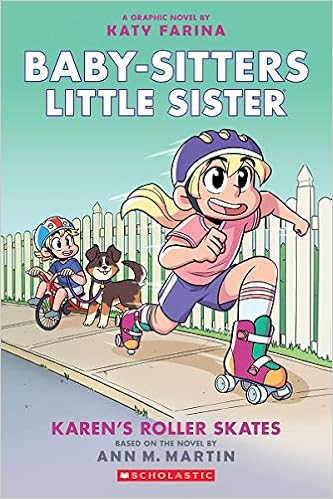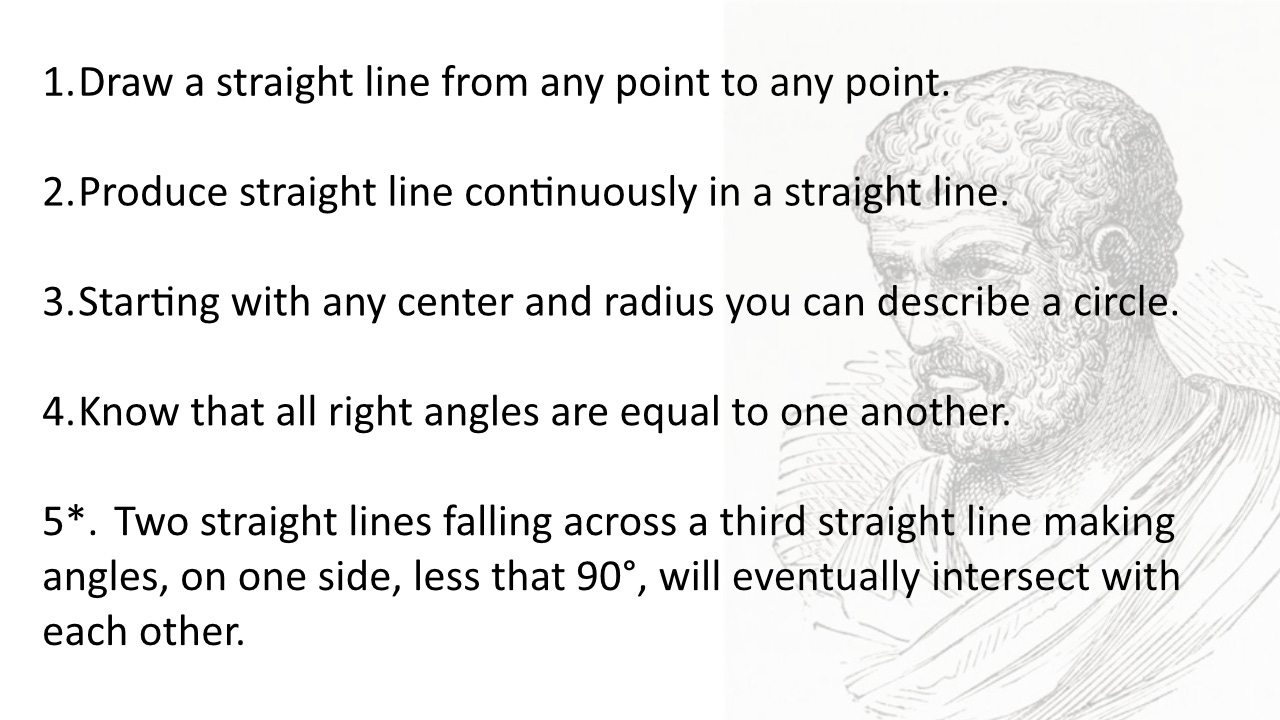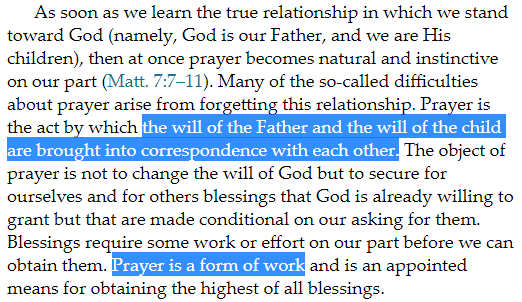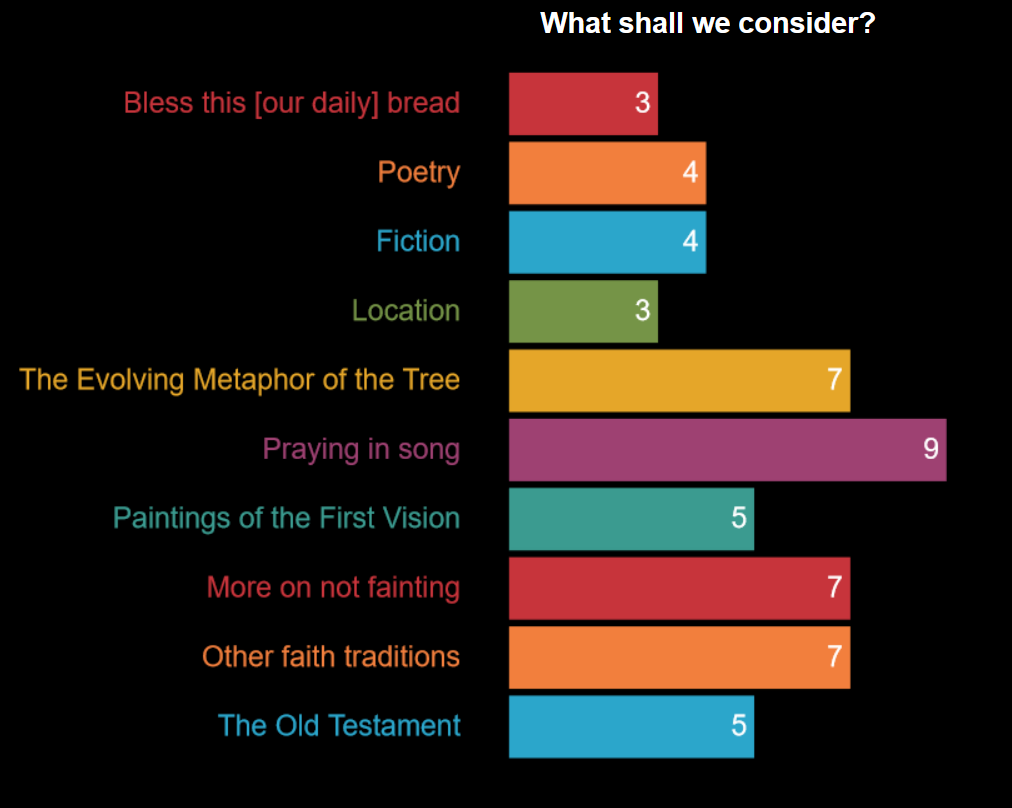.
076) The House by Paco Roca, finished on August 11
This is a wonderfully adult comic. Three siblings, now grown, working on their father's beloved vacation home, after his death. Roca's incredible sense of anatomy and gesture and body language is the perfect synecdoche of everything he does well. I assume this is in translation so part of the execution is thanks to the English-language team, but character and dialogue and detail all come together to make us part of this family, if only for a hundred or two pages.
three daysOne fascinating page—the family tree, you'll know it when you see it— directs the eye in directions I'm not sure I've ever seen before. If you're interested in panel construction, this page alone is worth getting the book!
077) Are Comic Books Real? by Alex Nall, finished on August 13
These slice-of-life stories from an actual teacher are some of the best stuff I've read on being inside the classroom. I can fit on a cozy shelf with Up the Down Staircase.
He works with elementary-aged kids, doing things like comics class and digital-art class and moviemaking class. Only a sliver of my career was spent with kids these age, but he captures my memories precisely.
It's hilarious at times, too. If that's what you're into.
078) Top Ten by Alan Moore and Gene Ha, finished on August 16
Here's the basic set-up. So many superheros show up in the 20th century that eventually there are just two much of them. To solve the problem, they go live in their own city. (Which, naturally, is connected to like cities in other universes and dimensions.) Because it's a city of supers, all the parts of a city are also filled with supers. Cab drivers, prostitutes, delinquent kids, insurance salesmen, and, most importantly for this story, cops.
This books is supposed to be, basically, a police procedural. One of the things it inadvertently emphasizes is how much we accept state-sanctioned violence. Most of these cops are pretty awful, at least sometimes. It's supposed to be a buddy-buddy precinct ala the Nine-Nine but the characters are less interesting as people and we can no longer ignore the quasifascist horrors they proudly represent.
Moore is a good late-twentieth century manly-man scifi liberal (the stories in this issue were published 1999 – 2001) much like what I'm seeing in Frederik Pohl's Jem (1980). They each imagine a world in which diversity is broad and accepted—perhaps even celebrated—on the surface. Below the surface, everyone is still the same: sexist, homophobic, racist, nationalist, etc. The main difference is the lesbians get to be as womanizing as the men; if you think all [insert slur here] are [insert stereotype here], you can say so to their face; and one person's awful thinking won't prevent the people they think awfully about from loving them (and vice versa).
I suppose we used to think this was a realistic view of how liberalism would succeed? Now it just seems pretty unimaginative.
Anyway, the greatest thing about this book is probably this: having an entire city of superheros means you get to invent a ton of superheros. All kinds of character designs and new powers, etc etc. And the Moore/Ha team wasn't shy to insert tons of puns and jokes into building signage and such. The landscape is much more fun than the main characters or what they're up to.
Check out this young robot and his super dog:
Tell me that ain't delightful.
079) Baby-sitters Little Sister: Karen's Roller Skates by Katy Farina, finished on August 17
Charming. Simple. Professionally executed. Just as fun to read aloud.
Would read more!
080) Lulu Anew by Étienne Davodeau, finished on August 17
I suspect this will be the best comic I read this year. It's a quiet story, beginning with friends talking about their friend who disappeared. The bits of story are shared by one and another until the story arrives at the point the story began. That's a structural gimmick I'm usually annoyed by, but it's so appropriate to the theme here, I turned right back to page one and continued in round. I may have read the entire thing again were it not already so late and I have work together.
Davodeau feels no need to make anyone beautiful. But we can see family resemblances and so much is told through the holding of a shoulder or the turn of a head. And the muted colors and the deliberate pacing and the absolute mystery, moment to moment. Every bit of foreshadowing is ambiguous in ways that, in most stories, would feel deceptive. And although nothing really resolved, I am so satisfied.
Probably part of that is all the little parallels embedded in the story. Some are deliberate, but some—like the daughter's coming of age alongside her mother's adventure—are much more important and never scream to be noticed.
And certainly the morality of her journey is never decided upon. This is a work that asks plenty of questions, but never so clearly that you can guess at the answers.
An impressive work of art.
Incidentally, the French title was Lulu femme nue. I love how well the English title captures both that sound and meaning.
081) The Nature of Oaks: The Rich Ecology of Our Most Essential Native Trees by Douglas W. Tallamy, finished on August 24
I love oak trees. I'm not sure if Tehachapi made that so or if it predates my time there, but I love oak trees. They have personality and nobility.
And, as it ends up, they are the core to life in North America.
And even were they not vital to restoring our native animals etc this book demonstrates that they are home to thrilling dramas for all sizes of life—particularly the very small.
Tallamy's book attempts hard to cover the whole continent, but he can't overcome his east-coast bias. I forgive him though because he really does make the effort.
The main conceit is following a tree he planted through one year of its young maturity, September to September. In its branches are birds and caterpillars and wasps too tiny to notice, each engaged in the struggle to survive.
Tallamy's not a great stylist or anything but I was thrilled throughout this book. Read it, then plant a couple oaks of your own.
082) Thor: The Goddess of Thunder by Aaron/Dauterman/Molina, finished on August 24
I don't remember the impulse that got me to put this on hold. I've been aware of this storyline since it came out (although I've never known much about it; and what I did now is a spoiler for a later volume). It was reasonably entertaining and I enjoyed it well enough but I was not really, shall we say, thrilled. It was fine.
083) Pashima by Nidhi Chanani, finished on August 25
This is not me opposing ambiguity. Ambiguity's great. But it needs to have purpose and a lot of the contradictions in this text didn't hold together for me.
Previously . . . . :
.png)

















